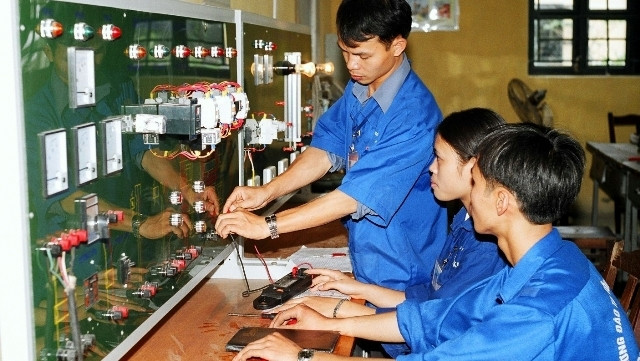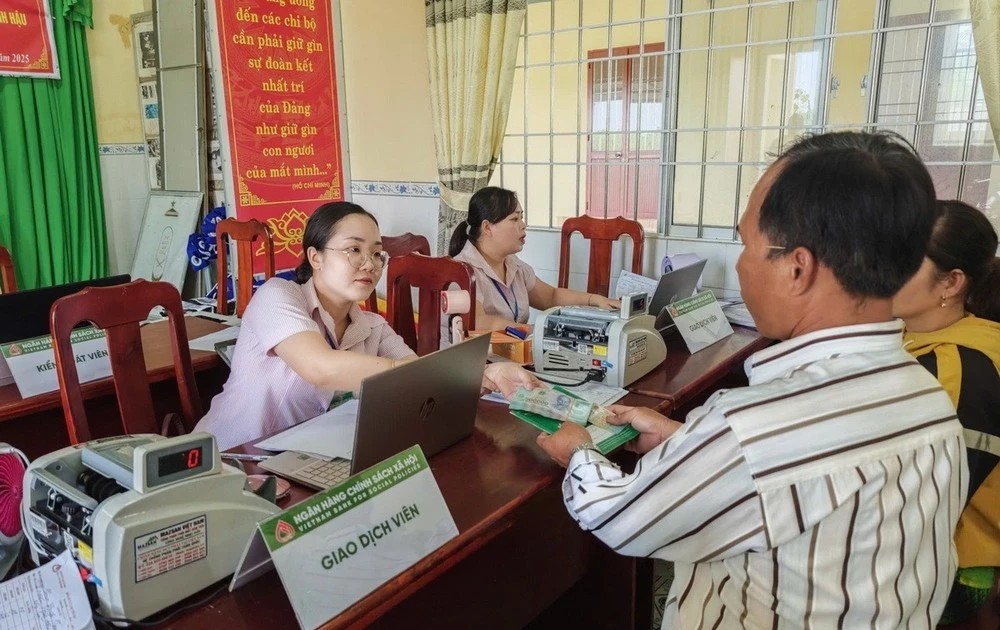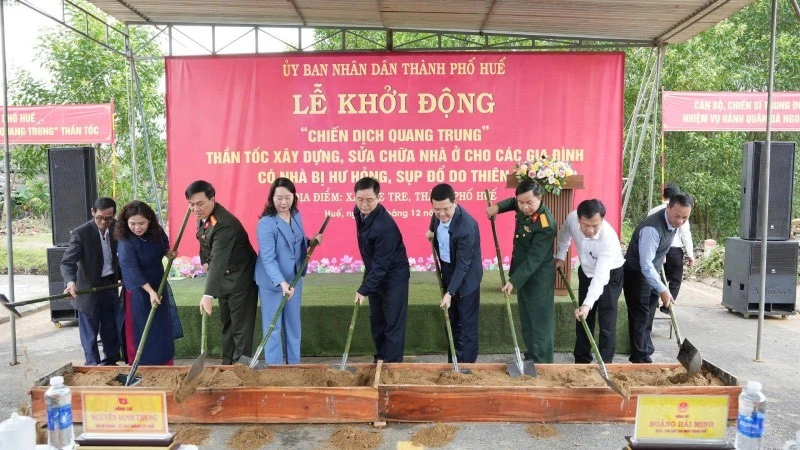Regarding the major impacts of the 4th Industrial Revolution, Dr. Thuc said that economies should transform their growth models to an intensive model based on traditional factors of cheap labour, land and resources to those relying on technologies, high-quality human resources and innovation.
That is the motivating factor that pushes countries in a direction to effectively deal with arising challenges. If competition among nations in the previous Industrial Revolutions was formerly down to low costs (cheap resources and labour), the 4.0 version relates to the confronting competition (high-quality human resources).
In vocational training, the 4th Industrial Revolution has the ability to break the traditional way of training, requiring changes in thinking to approaches to renovate objectives and content in forming the vocational school system and applying flexible training methods to provide human resources with high-quality knowledge and skills.
Dr. Thuc revealed that the current competitive advantages of Vietnam’s labour market would be eliminated in the new competition as the country is disadvantaged by low-quality labour.
According to a survey conducted by the World Bank, in 2010 the percentage of highly-skilled workers per total labour force in Malaysia stood at 25%, Singapore 49% and Vietnam at only about 12%. Low skill level inevitably results in low labour productivity: Vietnam’s labour productivity only accounts to 2/5 of Thailand, 1/5 of Malaysia and 1/15 of Singapore.
The World Bank Institute (WBI) has recommended that if a country wants to switch to the 4.0 Industrial Revolution, it will require four pillars, namely a highly-skilled labour force, creativity and effectiveness, modern IT infrastructure, and appropriate institutional policies.
Vietnam is no exception, the expert said, adding that the viewpoint of "moving the development of education and training from the direction of mainly focusing on quantity to quality and efficiency, while meeting the requirements on quantity" in the spirit of Resolution No. 29/NQ-TW on comprehensively renovating education and training would be an orientation for the vocational education system to prepare for entering the era of the 4th Industrial Revolution.
|
Vice President of the Vietnam Vocational Training Association and Vocational Social Work Dr. Phan Chinh Thuc. |
The new industrial revolution heralds the start of an entire shift of production, management and social governance systems, leading to the fundamental change of the whole vocational education system. The 4th Industrial Revolutions applies the model of training students to become "global citizens" with creativeness, invention, adaptation and global competitiveness.
To meet the needs of the labour market, it is necessary to strongly develop a high-quality human resource market, particularly skilled labourers and business management personnel.
According to Dr. Thuc, in the new industrial revolution, training bases and enterprises are given a new role as the two main subjects of the training process. The vocational education system should form a "school-enterprise" cooperation model.
The linkage within this model helps to create a new product that is high-quality human resource adapting to the requirements of enterprises. It is also the key to workers joining job training, seeking for livelihood and employment and gaining advances in transnational labour markets.
Shifting from the new vocational training model to an autonomous one operating under an independent legal entity, along with the application of corporate governance techniques, would help vocational training institutions meet the needs of businesses, he added.
Meanwhile, vocational training programmes need to meet the dual objectives – labour skills and business skills. Accordingly, training institutions must renovate their governance as corporates do, while promoting start-up’s and acting as incubators for new businesses based on innovation and "turning Vietnam into a start-up nation."
In addition to improved labour resource quality policy, Dr. Thuc suggested investing in building policies on science and technology development, linking scientists and technological organisations with vocational training institutions, universities and businesses, and promoting the pursuit of knowledge among the society.

















